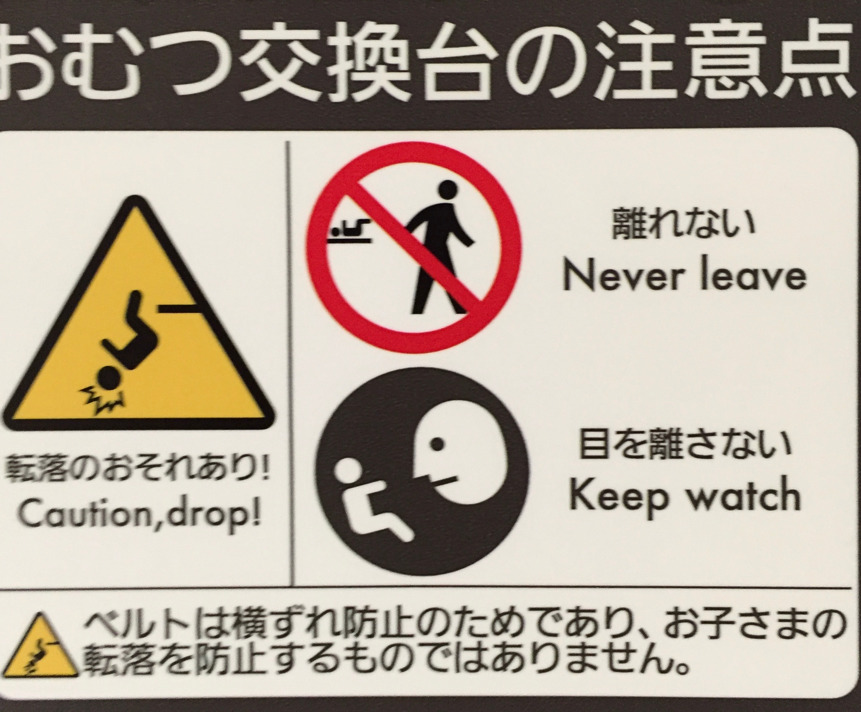
Computers might still beat us in chess, but the checkmate is ours when it comes to human translation and localization. Have you ever seen a poorly-translated sign, menu, or sightseeing pamphlet while traveling abroad?
Perhaps you’ve seen them even without leaving the country:
- Assembly directions with strange phrases or word usage that stilt your reading
- Manuals that seems to be missing a well-placed “the” or “a”
- Documents with inappropriately-placed “quotation” marks.
Your once-smooth reading pace suddenly becomes halted, and you pause on the sentence. Why did they capitalize that word?
In the global world we live in today, translation and localization are necessary for businesses everywhere.
Thousands of companies are communicating with hundreds of countries every day. New products are accompanied by pages of technical documentation, and translators and localizers are essential to making sure international business runs smoothly.
Direct translation or translation artificially manufactured by machine have proven time and time again that they are not enough. That’s why when we get a translation project at CPG, we work with professionals who are native speakers with real experience and knowledge in your industry. They know how to navigate grammar and the context of the document seamlessly, so you can’t even tell the final product was translated at all.
That’s what makes localization so important; where translation is simply taking words from one language and changing them into another, localization addresses cultural and linguistic issues when adapting a product for another country.
Computer-generated translations lack the ability to extract phrase meanings and the intricacy of context in regards to language.
That’s why the Japanese phrase ojamashimashita, which can be said when leaving somebody’s home, isn’t literally translated to, “I was disturbing you.” A well-trained, skilled human translator knows to treat it as, “Thank you for having me over.”
Meanwhile, by utilizing translation memory, we get computers to work for us—not hinder us. Bilingual software systems such as Trados allows us to maintain consistency throughout a document by storing translations and suggesting them when words are reused. This means we can translate quickly, localize it into native and clearly understood content, and turn the product around at no extra cost to you (and no wasted time for us).
So, let’s get started on the next translation project you have for us! Yoroshiku onegaishimasu — We look forward to working with you!
Back To News
 800-541-8270
800-541-8270